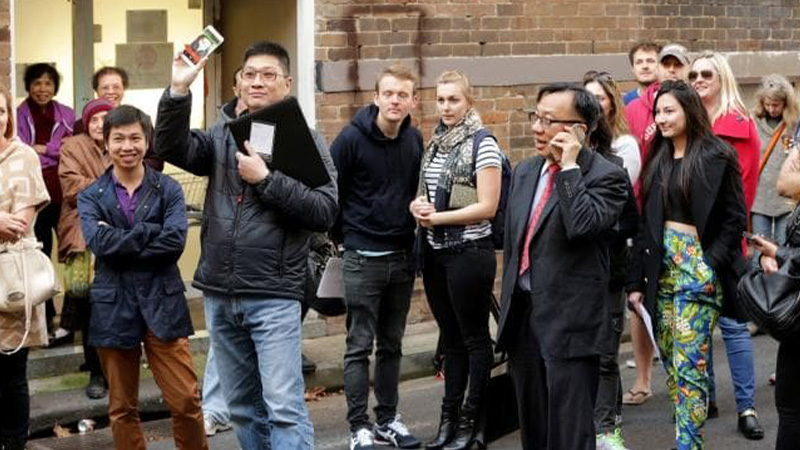Home Sales Fall as 600,000 Jobs Lost
The loss of 594,000 jobs in April is the biggest monthly decline in employment on record, far surpassing the previous record of 74,900 jobs in November 1992.
While the official ABS jobless rate climbed by one percentage point to reach 6.2 per cent, the number of jobs lost, and mass layoffs, paints a much starker picture of the impact of Covid-19 on job security and the broader economy.
But the impact of job losses on the property market is uncertain at best. In its April financial stability review, the Reserve Bank said that while the pandemic would impact the turnover of housing stock, it “remains unclear how this will affect residential property prices”.
The Commonwealth Bank is the latest lender to model bearish house price falls—warning that a second wave of infections could cause house prices to fall by up to 32 per cent.
The bank’s chief executive Matt Comyn said that a second lockdown could worsen joblessness and put the housing market under significant pressure.
University of Sydney research fellow and economist Cameron Murray points out that unemployment is not helpful in predicting house price movements.
“The last time we had similar unemployment numbers, Sydney house prices increased 13 per cent the next year,” Murray said.
Murray said that reports of an uptick in enquiry and increasing investor interest means that it is hard to know which way prices will go.
“Don’t dismiss the possibility of a sharp boost in house prices over 2020.
“If foreign buyers come back into the market then we are in for a multi-year property upswing.”
Related: No Major Declines in House Prices, Yet

With anecdotal evidence that there has been an increase in enquiries—Australia’s largest residential developer Stockland has reported a boost—there’s also reports of a surge in demand from Chinese buyers.
“Australia has so far managed the pandemic well and looks even more appealing to foreign buyers than in the past,” Juwai IQI executive chairman Georg Chmiel said.
“We still have strong demand from Chinese buyers for Australian property.”
Meanwhile, the sale of new homes fell to record lows in April, declining 22.8 per cent over the month according to the Housing Industry Association’s sales figures.
HIA chief economist Tim Reardon said that falling sales has pushed project cancellations to more than four times the typical rate.
“During shocks such as the GFC or the 2018 credit squeeze, the cancellation rate peaked at 17 per cent.
“In net terms, this equates to a contraction of more than 50 per cent in the volume of new building work, [which] will be felt in the second half of 2020.”














